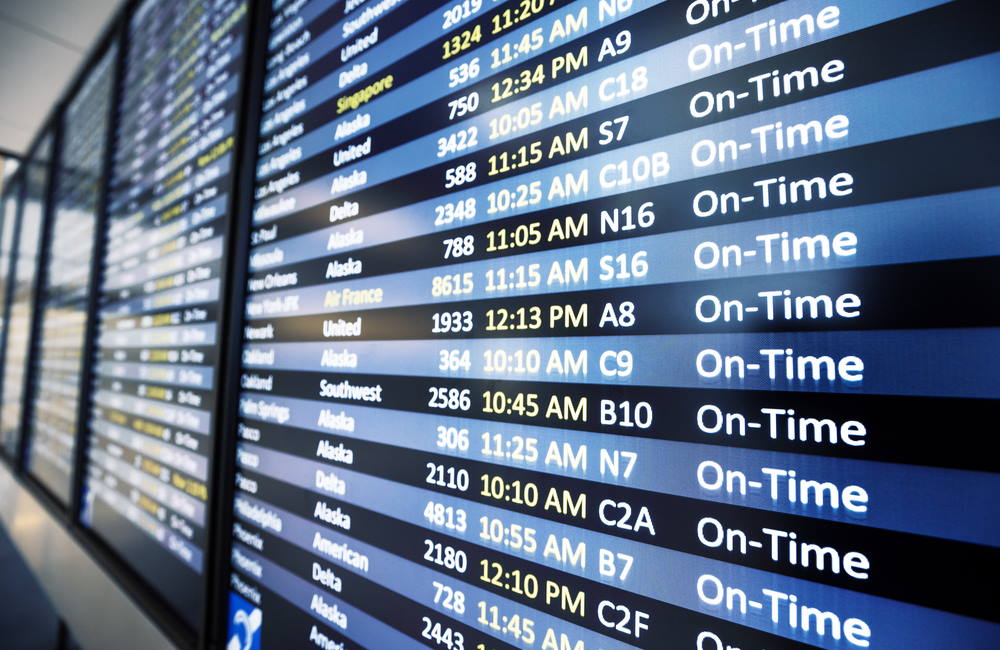
Medical Flight Services
Medical flight services by Flying Angels makes non-emergency medical travel, senior relocation, and diabled travel easier to manage.

Medical flight services by Flying Angels makes non-emergency medical travel, senior relocation, and diabled travel easier to manage.
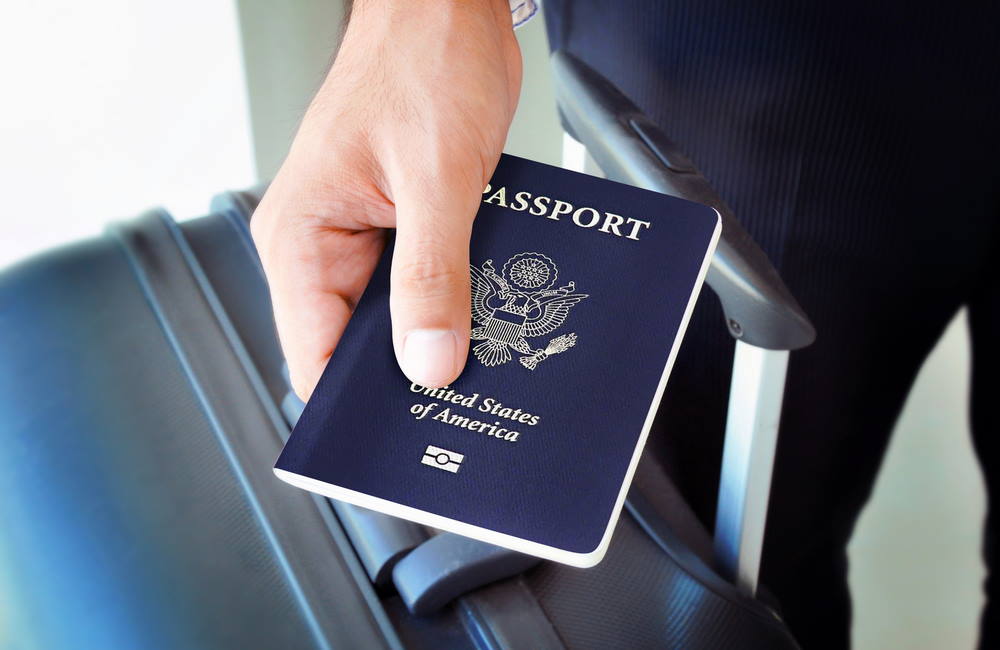
Illness and injury are difficult to navigate while travelling internationally. Medical repatriation services with a flight nurse can help.
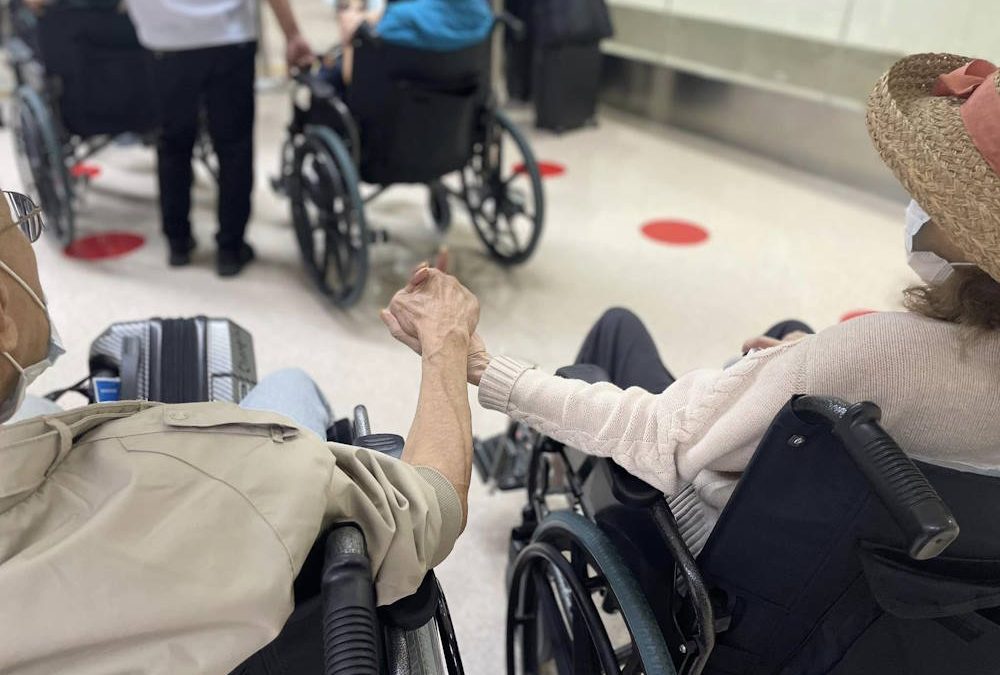
Flying Angels makes senior relocation easier with medical assistance during air travel. Discover the benefits and discuss your options now!
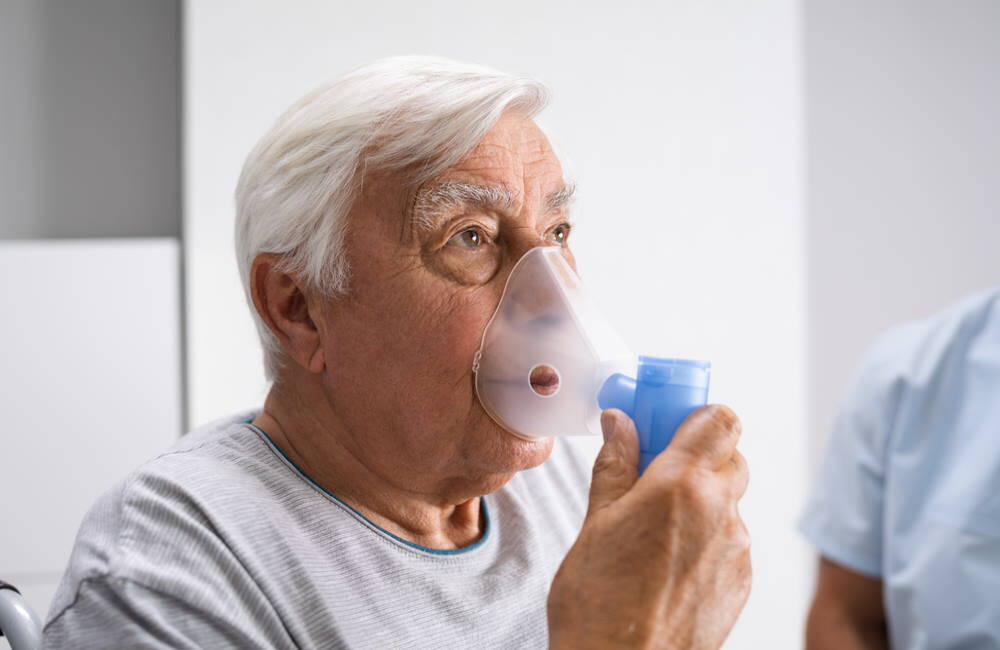
People can, and often do, fly with COPD (chronic obstructive pulmonary disease). They should first consult with a doctor, understand the risk, bring with them any necessary medical equipment and consider traveling with a flight nurse.
About 2 billion people travel each year by airplane, with between 18% and 44% having COPD, according to a study from the British Journal of General Practice. For most passengers, even those with COPD and other respiratory diseases, air travel is safe and comfortable.
Of course, there are rules to follow when you decide to fly with COPD, just as there are if you fly after a stroke or fly after a heart attack. The first step is understanding the risks.
Can You Fly After a Heart Attack?
COPD is a chronic lung disease. It causes obstructed airflow from the lungs, resulting in symptoms that include breathing difficulty, cough, mucus production and wheezing, according to the Mayo Clinic.
Cigarette smoking is one of the leading causes of COPD, although it can happen with long-term exposure to any type of “irritating gases or particulate matter,” according to the clinic. For those with COPD, the risk is higher that they will eventually develop heart disease, lung cancer and other conditions.
By 2030, health officials think COPD will become the fourth leading cause of death around the world.
In the context of flying, those with COPD can experience issues breathing at high altitudes as the air pressure drops. Most people compensate for this by increasing ventilation, something those with COPD may experience difficulty doing, depending on the severity of the illness.
There are certain steps to take before flying with COPD. They include the following, according to the Cleveland Clinic.
Past studies have shown that only a small percentage of patients even consult with a doctor before they fly with COPD, which is getting off on the wrong foot. Even if it’s an appointment over the phone, give yourself time in advance to speak with your doctor and get their opinion on your flying. This is especially important if you have been in the hospital lately.
Get Help Leaving the Hospital After Discharge
You need to have access to oxygen in case you experience breathing difficulties. Passengers are not allowed to bring oxygen tanks on an airplane. While some international carriers can provide tanked oxygen, you must use a portable oxygen concentrator (POC) for domestic travel. If you do not own a POC, you can rent one from companies such as Advanced Aeromedical. You will want to find out well in advance when notifying the airline about your flight and the paperwork the airline requires. Ensure you bring both your prescription for the oxygen and the airline forms signed by your healthcare provider when you travel.
Flying with Oxygen & Medications
Make sure to take enough medication for your entire trip and pack it all in your carry-on baggage. You’ll also want to carry a list of all your medications and the contact numbers for your doctor, respiratory therapist, and oxygen supplier, in case of emergencies.
Other tips to remember:
International Travel Checklist
You may also choose to use a non-emergency medical transport (NEMT) company like Flying Angels to provide medical transportation assistance if you choose to fly with COPD. Flight nurses, experienced in providing medical care at high altitudes, can take many of the worries out of flying with COPD.
Flying Angels also handle all the flight arrangements for you and your loved ones, another way of lowering the stress on those trying to fly with COPD or other chronic medical conditions. If you choose to fly with COPD, these tips can make your trip go more smoothly. Having COPD does not mean you cannot fly. It only means you must plan to ensure a safe flight to your destination.
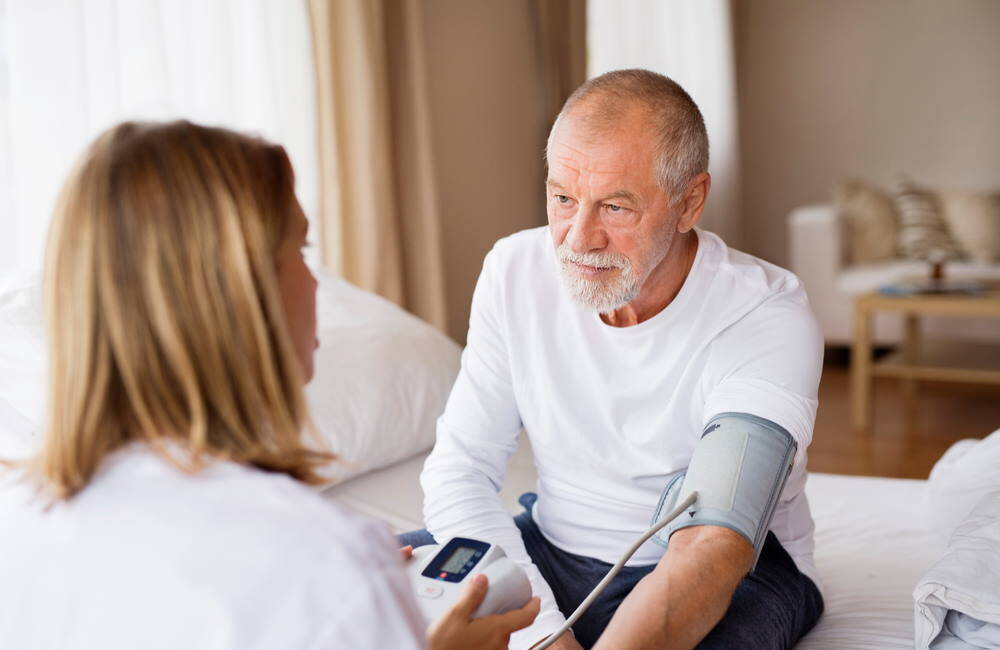
Flying is generally considered safe for those who have had a heart attack. However, for those who want to fly after a heart attack, it’s important to consider issues such as your current condition, the time since the heart attack and the type of equipment and medications you take.
Those with heart issues also can take actions that help make the flight easier, such as picking the right seat and knowing what to expect at security.
A solution for many is to have a trained flight nurse fly with them, especially if they want to fly after a heart attack or fly after a stroke. A trained nurse can provide all the care someone may need during the flight and they have experience in handling any issues that might arise.
The American Heart Association (AHA) reports that flying doesn’t need to be off limits for those with heart disease or who have had a heart attack or stroke. “In fact, a few simple precautions can help make your trip a smooth one,” the AHA writes.
The following looks at some issues to keep in mind if you want to fly after a heart attack. By preparing in advance and getting the support you need, flying after a heart attack should not cause any issues.
The length of time since the heart attack, and the severity of the heart attack, are two issues people should consider. There’s no set rule, but Web MD reports that most doctors advise waiting two weeks after a heart attack before flying. Most people also wait one week after having angioplasty.
If you visit a doctor before taking a flight, they will likely check for certain issues to gauge your current heart health. This includes blood pressure and whether you are experiencing an irregular heartbeat or chest pain. They may also check your oxygen blood level. Depending on the results of these tests, a doctor may adjust your medications before the flight.
Planning and arriving early can save you headaches at the airport. In terms of equipment, it’s safe to fly with a pacemaker or defibrillator, but security equipment can interfere with the devices’ function, so alert security personnel in advance. Also, if you need to carry liquid medications or extra oxygen, get a document from your doctor that states you need to carry them on the plane with you.
Flying with Oxygen & Medications
In addition to the above issues, it’s also smart to have a checklist that includes the following.
Some who have suffered a heart attack prefer to have a medical professional fly with them to manage their health needs. This kind of service is referred to as non-emergency medical transport or medical transportation. This service provides the comfort of having an experienced flight nurse with you and oversee your care during the flight.
An example of a medical transportation service is Flying Angels which sends a nurse with you on your trip. A flight nurse provides care at high altitudes and is specially trained in aviation physiology. An RN Flight Coordinator handles all the travel arrangements for you and your loved ones to ensure the entire trip is comfortable and safe. Most people who have suffered a heart attack can fly safely if they follow these precautions. Make sure to consult with your doctor and a medical transport company before your flight. That way, you ensure that you take the proper steps before and during your journey.